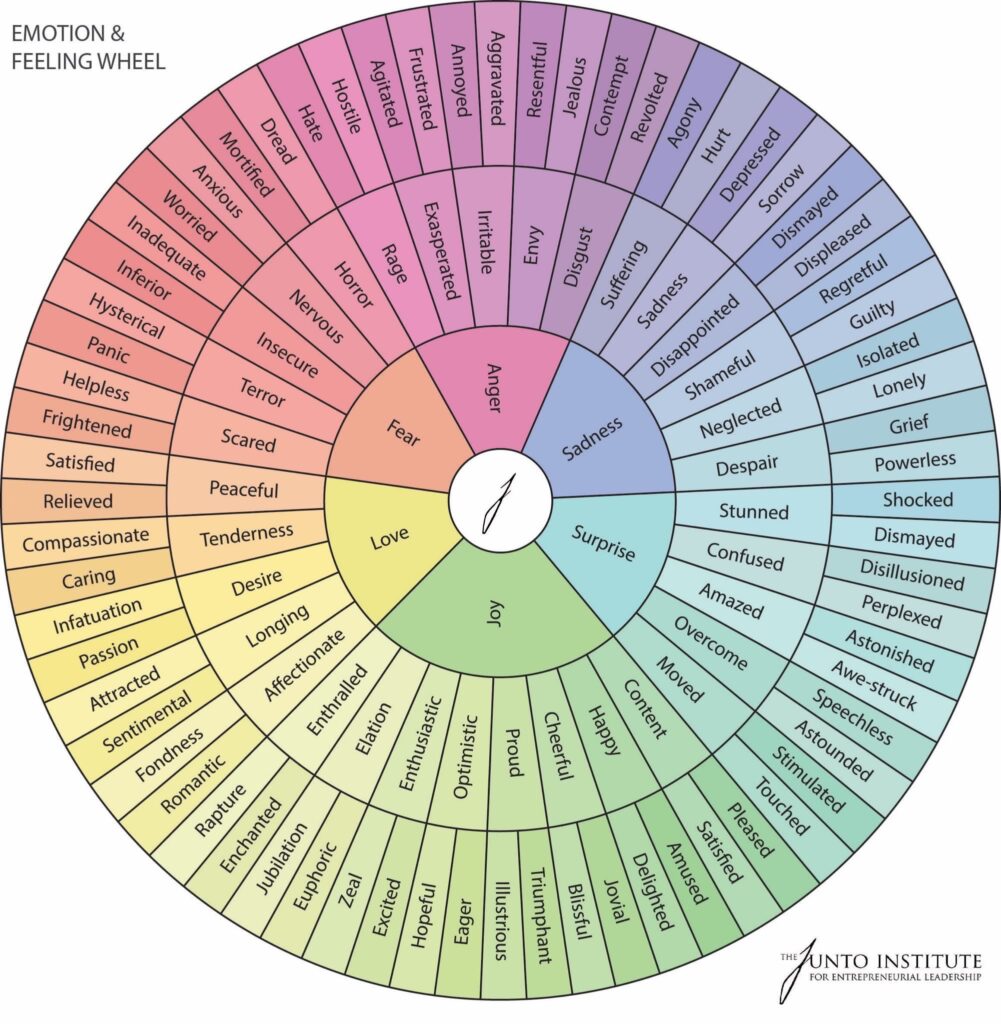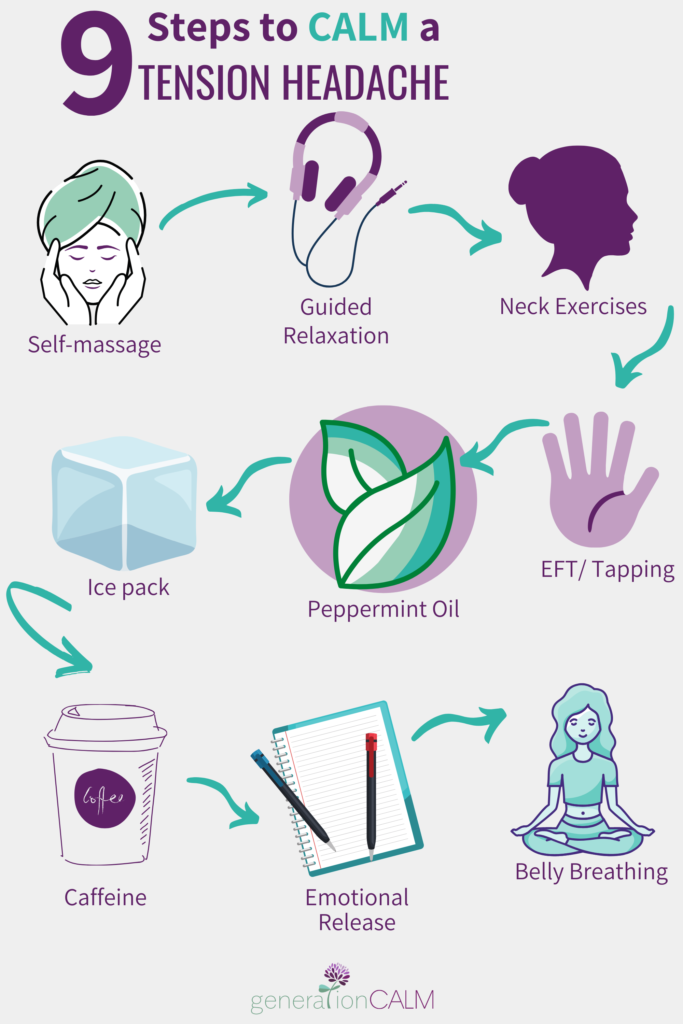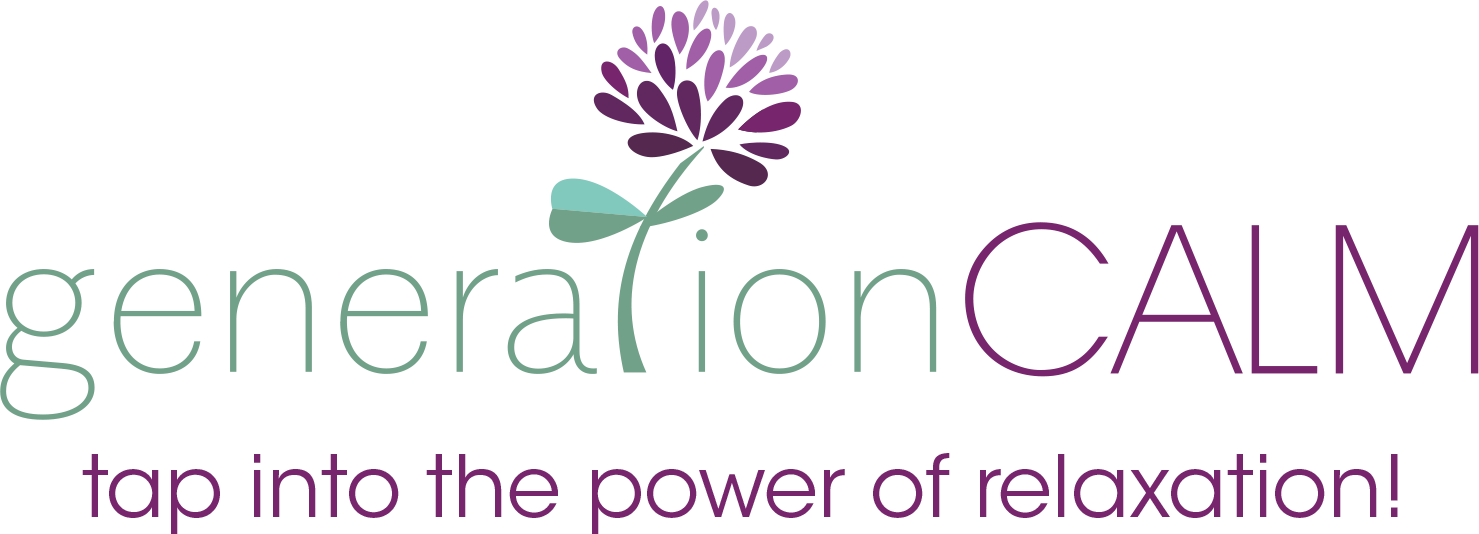Your Tension Headache Pain is not All in Your Head
Imagine, for one moment, you’ve just woken up and you can feel the first niggling pains of a tension headache. And now imagine having the power to stop it from turning into the constant, dull pain that will cloud your entire day.
Headache relief doesn’t have to always come from popping a pill. Ironically, taking pain medication for headaches frequently can cause you to get more headaches called analgesia rebound headaches.
(NB: Before trying to diagnose or treat frequent headaches yourself … it is very important you speak to your GP/ family doctor first to rule out any underlying causes and to make sure that what you are experiencing are actually tension headaches).
It’s not all in your head
My search for help with my own tension headaches led me to have a conversation with a local physiotherapist.
We were discussing pain, muscle tension and stress, and she was trying to explain something that I just didn’t understand yet. Every time I mentioned the word pain she would say that ‘pain is a final warning signal – and we need to encourage people to listen to their body before it produces pain.’
She told me that pain occurs after your body has been holding on to an imbalance for a while, trying to compensate for it and has been attempting to communicate this.
By the time someone feels pain it means they have been ignoring some suppressed emotion or stress for a while.
I’m telling you this because when it comes to headaches, it is very rare that it is caused by a problem in your head.
Your body is one whole unit. So a headache can be caused by an imbalance somewhere else in your body, even as far away as your toes.
But I, along with my physio friend, would go even further to say your body and mind is one unit. So the pain in your neck or head, can also be caused by unresolved emotions, stress or anxiety.
Muscle tension headaches
No matter where the pain originates, it can cause you to tighten your muscles. And when you tense your muscles it can make the pain even worse. And a tension headache – no matter how it starts – can be eased when you notice the tension in your muscles and relax them.
For a tension headache, most of the stress tends to be stored in the muscles of your shoulders, neck, scalp face and jaw. This may be very noticeable once the headache starts. But if you notice the muscle tension early on you might be able to prevent the headache before it starts to wrap around your forehead.
And knowing that your muscle tension can also be caused by emotional experiences that you haven’t fully processed and healed from yet, then emotional release can help.
We need you to have less headache days so you can do things that matter with a clear mind and have fun with your family. When you can feel the familiar tension starting in your neck and you fear another tension headache will rob you from enjoying the day, try the following techniques.
How to make a tension headache go away
Massage your sore points
Self-massage the areas where you feel pain to promote blood flow. Place the pointer and middle finger of each hand on the base of your skull and pull them apart. Trying to break apart the tension in the muscles. Then do small circular motions wherever it feels good along the neck and base of the skull. Bob & Brad (The most famous Physical Therapists in the World) have some fantastic video’s on their YouTube channel to show you how to massage your neck and how to use tennis balls to massage your shoulders.
Mind Body Green also provide instructions on how and why you should incorporate scalp massage into your daily routine. A great YouTube channel to try is Rachel Richards Massage. She will guide you through self-massage for headache with this video.
Meditation and relaxation
Listen to a soothing guided meditation and allow the voice to gently guide you through awareness of the tension in your muscles and sequentially relaxing parts of your body. Progressive muscular relaxation and body scans are just a couple of types that can help with relieving pain. I recently created a 17-minute guided meditation for tension headaches which combines a visualization with an upper body scan. You can access it on the Generation Calm YouTube channel.
Neck exercises
Exercise will loosen up the muscles and get the blood flowing again. Chin tucks are the easiest neck exercise to put your neck into alignment with the spine. To do it correctly, sit or stand in good posture with your shoulders down and back and then tuck your chin in as if you are moving your entire head back to avoid a pie in the face. You should move your head straight back horizontally, not allowing you chin to go up or down. It will give you a bit of a double chin as you do this. Bob & Brad have lots of video’s on how to do a chin tuck safely.
EFT
Emotional Freedom Technique is also called Tapping because you tap on certain parts of your body in succession while verbally expressing your emotions associated with the pain. Despite a lack of research on this technique for pain relief, I personally have found it very useful for tension headaches. Even if I don’t get complete relief it can help shift or release some of the discomfort.
And it certainly helps you to get to the root cause of a problem. If you feel skeptical, begin by considering that your pain is a result of experiences in your life that aren’t fully healed yet. This is a great explainer video and even includes a short script for tapping on pain. Nick Ortner also has a book called Tapping for Pain and this is his YouTube video where you can follow along.
Peppermint oil
Using peppermint oil on your neck and base of the skull can be very cooling and soothing to your headache. It has that distinctly minty, menthol smell that when inhaled seems to clear your sinuses and helps you breathe more easily.
Peppermint oil is too strong to use on its own directly on your skin. So always use peppermint oil mixed with an oil or cream such as coconut oil or Weleda Skin food cream. Mix 3-4 drops into a scoop of your favorite cream or oil and massage into your neck, base of the skull but never close to the eyes (don’t use on the face at all). Always wash your hands thoroughly after applying so that you don’t inadvertently rub your eyes afterwards. If you are out and about, just sniff the peppermint fragrance, by placing a few drops on a tissue.
If you want the peppermint without the oiliness, try Origins Peace of Mind On the spot relief.
Ice pack
Use an ice pack on the base of your skull to relieve the pain. You can improvise with a pack of frozen rice wrapped in a cloth, freeze a wet washcloth inside a ziplock bag or freeze a water balloon and find a way to keep it on the back of your head (I use the multifunctional Buff headwear as a headband for this purpose). Keep it on for about 15 minutes to reduce the muscle pain. Cold packs can be applied to the forehead and temples, neck or back part of head. In 2013, a study into migraine sufferers showed that loosely placing a cold compress at the carotid arteries (the ones that run down the neck from the ear) for no longer than 30 minutes significantly reduced headache pain.
Quiet, dark place
Your brain is constantly working to take in information from the world and process it into something you understand. What you feel, what you hear, what you taste, what you see … this information all passes to and from the brain through the spinal cord. When you are feeling particularly stressed by your kids, work, financial issues … it can overload your nerves. In order to reduce stimulation to your nerves, reduce the activity around you. Turn off TV’s or other annoying devices that make sound, reduce the light in a room, brush aside social media, step away from other people if you can. Bribe your kids to be quiet. Whatever it takes! Your brain needs to slow down and recharge.
Caffeine
Many over the counter medicines for headache contain caffeine. But researchers at the Diamond Headache Clinic in Chicago found that giving caffeine on its own seemed to be just as helpful. In their study, 58% of headache sufferers said that taking the caffeine capsules removed pain, – and many said they felt better more quickly than those taking Ibuprofen. Just having one coffee, can help at the start of a headache because it will constrict the blood vessels in your head. Don’t have more than that because caffeine can easily mimic the signs of anxiety.
Try an acupressure technique
Acupressure is based on ancient Chinese medicine in a similar way to acupuncture, except that you used pressure from your fingers instead of pins to stimulate the meridian lines in your body. You may already know about pinching the webbed area between the forefinger and thumb with your other hand. But there are other acupressure remedies too. The touch remedy book by Michelle Ebbin demonstrates how touch and self-massage can help with headaches and other difficulties.
Breathing
Taking the time to breathe deeply and slowly can reduce your stress,get the blood flowing and calm down the nerves. Learn how to practice breathing from your diaphragm (belly breathing). First, take a normal breath. Then try breathing in slowly through your nose, allowing your chest and lower belly to rise as you fill your lungs. Let your belly expand. Now breathe out slowly and evenly through your mouth or nose.
Emotional release

Emotions are linked to pain. Doing some work around noticing, naming and releasing your emotions is very healthy. Writing down your thoughts and emotions in a journal or talking about it in psychological therapy are two ways to release your emotions. Use an emotions chart to help you pinpoint how you feel about certain scenarios and situations. And see if you can trace them back to the core emotion.
Final word
The benefits of all of these techniques extends further than making your tension headache go away. Becoming aware of the role stress may have in the frequency of your headaches whether it’s in the form of psychological stress or physical stress (like your posture) arms you with information to help yourself prevent future headaches.
Share this page or pin it for later.


